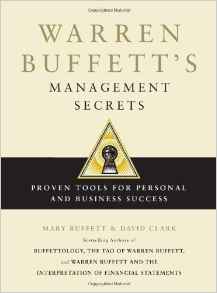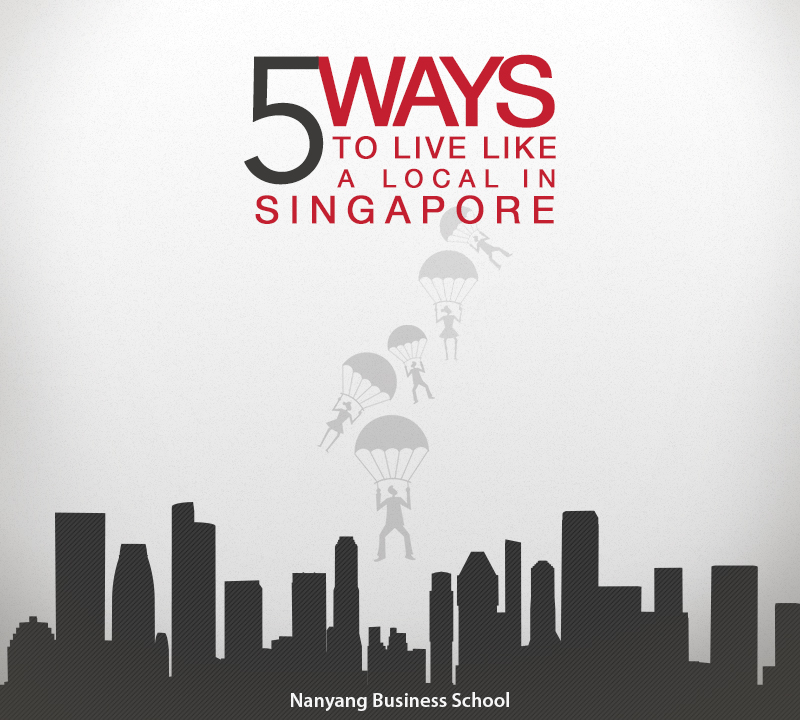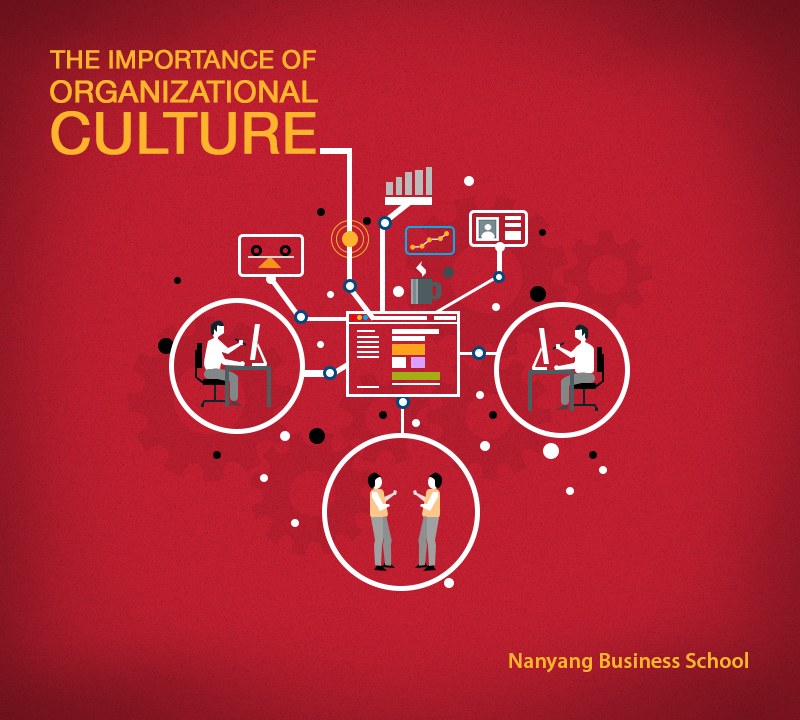Contributed by MBA students: Kevin, Moohwan and SungWon
As MBA candidates and future leaders of a dynamically changing business environment, how do we define our success and measure our learning progress? Our answer to the question was to participate in business case competitions, as we believe that the ability to apply practical industrial knowledge and to demonstrate our inner potential is a vital criterion for success.
In view of this, the inter-university Case Competition organised by Dell was a great opportunity for us to apply what we have learnt in class and to leverage on our skillsets such as collaborative team work, efficient time management, application of effective framework and compelling presentation. We knew that the competition would be challenging and require significant commitment and sacrifice but we decided to take up the challenge and embark on this journey to achieve our very first milestone.
The case competition consisted of two rounds. The first round was evaluated based on a five-minute video recording on the topic of Dell’s supply chain management, and the second round was carried out at Dell’s office amongst the selected teams, based on the result of the first round. In total, 17 teams participated from three universities, namely NTU, NUS and SP Jain. Four teams were promoted to the final round; two teams came from NUS and one each from NTU and SP Jain, respectively.
The team, DellTaForce was voluntarily and carefully formed on our own by taking several criteria into consideration in order to optimise the team potential and synergy. One important, though often neglected criteria, is how the different individuals, with their expertise and professional backgrounds can complement and work with one another in a team. With that in mind, we finally formed a team consisting of three members with over five years’ of career experience in different business areas, namely, management consulting, strategy planning, and engineering. The mix of diverse background helped significantly throughout the Dell case competition as the different perspectives of each member allowed us to bring a wide range of ideas that an individual by him or herself might not be able to generate.
During the analysis of the case studies, we set the most important and fundamental rule upfront, which was to respect and encourage each other for all meetings. The small initiative paid off as the team members were able to share their ideas confidently, leading to fruitful brainstorming. No matter what idea was brought up, we considered all of them worthy of discussion and talked about it until we reached a consensus.
The challenging parts that we have encountered were mainly ideation relating to supply chain management business domain, as none of us had previous professional experience in that field. To address the issue, we proactively approached professors to guide us on process validation and viable examples for ideation. We had to instill a confident mindset in ourselves that we are the expert in the supply chain management as far as the case is concerned.
Another challenge that we had to work on was the professional presentation for the final round. As the team consisting of non-native English speakers, our pressing issue was to enhance our effective speech in a professional and convincing manner. To quickly equip ourselves with the necessary presentation skills within a short timeframe, we focused on practicing, preparing Q&As, and non-verbal communication cues such as posture, eye contact, attire and more. The intensive practice sessions continued all the way till the final presentation date. Although it was not perfect at the end, we certainly made visible improvement to deliver our idea to the panel judges. Last but not least, most importantly, we gained confidence in public speaking.
Our determination, specific goal setting, collaborative teamwork, consistent discipline, sincere commitment and specific plan to achieve our common goal played significant parts in helping us win this case competition.
The key takeaway from the experience was that when all the attributes of success are applied collectively, the likelihood of winning will definitely increase as it creates synergistic effect as long as everyone plays their part responsibly.
We would like to attribute our glorious success to Professor Vijay Sethi and Professor Peter Giulioni who were willing to spend their personal time to help us, especially when our progress was stagnated and when we were occasionally demotivated. It was a great achievement as a start and we strongly believe that Nanyang MBA’s journey for business case competition will continue thriving.








 One of the bestselling books on finance, Rich Dad, Poor Dad, by Robert Kiyosaki is a must-read for anyone who dreams of building wealth and achieving financial freedom. The book recommends various means to secure financial independence: investing in real estate, starting up and owning businesses, etc. The book is based on Kiyosaki’s childhood upbringing and how the differences in the attitudes of two men (his “rich dad” and his “poor dad”) towards money, work and life, influenced his decisions in life.
One of the bestselling books on finance, Rich Dad, Poor Dad, by Robert Kiyosaki is a must-read for anyone who dreams of building wealth and achieving financial freedom. The book recommends various means to secure financial independence: investing in real estate, starting up and owning businesses, etc. The book is based on Kiyosaki’s childhood upbringing and how the differences in the attitudes of two men (his “rich dad” and his “poor dad”) towards money, work and life, influenced his decisions in life. Traditional methods of marketing such as TV advertisements and online pop-up ads often involve attracting the customer’s attention away from whatever they are doing – watching television or viewing a website. Marketing guru Seth Godin reveals that the traditional ‘
Traditional methods of marketing such as TV advertisements and online pop-up ads often involve attracting the customer’s attention away from whatever they are doing – watching television or viewing a website. Marketing guru Seth Godin reveals that the traditional ‘ Not a typical business book, but Malcolm Gladwell’s Outliers is a must-read for anyone who wants to understand the dynamics of professional and business success. Pondering over – ‘what makes high-achievers different’, Gladwell sheds light on the fact that we pay too much attention to what successful people are like, and too little attention to where they are from – their culture, family, generation, and other factors that may have contributed to their success.
Not a typical business book, but Malcolm Gladwell’s Outliers is a must-read for anyone who wants to understand the dynamics of professional and business success. Pondering over – ‘what makes high-achievers different’, Gladwell sheds light on the fact that we pay too much attention to what successful people are like, and too little attention to where they are from – their culture, family, generation, and other factors that may have contributed to their success. Crossing the Chasm: Marketing and Selling Disruptive Products to Mainstream Customersis a bible for marketing in high-tech industries. According to Moore, there is a gap that exists between the early adopters of high-tech products (the technology enthusiasts and visionaries) and the early majority (the pragmatists). The visionaries and pragmatists have different expectations, he adds, and this book aims to explore that set of differences and suggest techniques to successfully cross the chasm.
Crossing the Chasm: Marketing and Selling Disruptive Products to Mainstream Customersis a bible for marketing in high-tech industries. According to Moore, there is a gap that exists between the early adopters of high-tech products (the technology enthusiasts and visionaries) and the early majority (the pragmatists). The visionaries and pragmatists have different expectations, he adds, and this book aims to explore that set of differences and suggest techniques to successfully cross the chasm. Design thinking is not just applicable to so-called creative industries or people who work in the design field. It′s a methodology that can be used by organisations to improve the quality of their service and rethink their business strategy, according to Tim Brown, the CEO of IDEO. In this book, Brown introduces a human−centric approach to problem solving that helps people and organisations get more innovative and creative.
Design thinking is not just applicable to so-called creative industries or people who work in the design field. It′s a methodology that can be used by organisations to improve the quality of their service and rethink their business strategy, according to Tim Brown, the CEO of IDEO. In this book, Brown introduces a human−centric approach to problem solving that helps people and organisations get more innovative and creative. The Art of the Start by Guy Kawasaki is an essential guide for anyone starting anything, be it a home-based business, a multinational corporation or a community group. The book provides insights into the various aspects of starting up such as raising money from investors, hiring the right people in the team, defining the brand and building a community around it.
The Art of the Start by Guy Kawasaki is an essential guide for anyone starting anything, be it a home-based business, a multinational corporation or a community group. The book provides insights into the various aspects of starting up such as raising money from investors, hiring the right people in the team, defining the brand and building a community around it. In this bestselling book on business networking, master networker Keith Ferrazzi provides insights into the role of relationships in the success of a business. Ferrazzi shares the specific steps and the inner mindset he uses to connect with the thousands of colleagues, friends, and associates on his contacts list, people he has helped and those who have helped him. In the new age of digital media and online connections, Ferrazzi’s advice is even more essential for those wanting to get ahead in business.
In this bestselling book on business networking, master networker Keith Ferrazzi provides insights into the role of relationships in the success of a business. Ferrazzi shares the specific steps and the inner mindset he uses to connect with the thousands of colleagues, friends, and associates on his contacts list, people he has helped and those who have helped him. In the new age of digital media and online connections, Ferrazzi’s advice is even more essential for those wanting to get ahead in business. A gripping business novel by business consultant Eliyahu M. Goldratt, The Goal: A Process of Ongoing Improvement is about the Theory of Constraints, and overcoming the barriers to making money. The book features key insights on identifying and solving the problems created by constraints.
A gripping business novel by business consultant Eliyahu M. Goldratt, The Goal: A Process of Ongoing Improvement is about the Theory of Constraints, and overcoming the barriers to making money. The book features key insights on identifying and solving the problems created by constraints. One of the best books on negotiation, Getting to Yes is based on the work of the Harvard Negotiation Project, a group that deals with all levels of negotiation and conflict resolution. The book offers proven, step-by-step techniques to arrive at mutually acceptable agreements in every kind of conflict.
One of the best books on negotiation, Getting to Yes is based on the work of the Harvard Negotiation Project, a group that deals with all levels of negotiation and conflict resolution. The book offers proven, step-by-step techniques to arrive at mutually acceptable agreements in every kind of conflict. Written by Mary Buffet, after having gained insights into Warren Buffett’s philosophies for management, while being married to his son Peter for twelve years, Warren Buffet’s Management Secrets looks closely into Warren Buffett’s life and career, shedding light on his decision-making processes, leadership qualities and strategies that made him the most successful investor of the 20th century.
Written by Mary Buffet, after having gained insights into Warren Buffett’s philosophies for management, while being married to his son Peter for twelve years, Warren Buffet’s Management Secrets looks closely into Warren Buffett’s life and career, shedding light on his decision-making processes, leadership qualities and strategies that made him the most successful investor of the 20th century.





You must be logged in to post a comment.